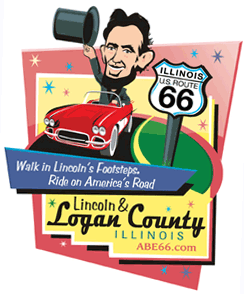| ||||||||||
| ||||||||||
Thirty-nine percent say they are Democrats or lean that way, 34 percent are Republican or lean GOP, and 27 percent are independent. Among all likely voters, by contrast, just 8 percent are independent and don't lean toward one party or the other. The campaigns are intent on firming up those persuadables who already lean their way, and then hope to pick off undecided voters in the swing voter groups they're already making a priority. The campaigns also are hoping their firm supporters can zero in on undecideds within their own spheres of influence. As Obama frequently tells campaign crowds, "Don't just talk to people who agree with you; reach out to folks who don't follow politics that closely. Talk to somebody who's undecided." In the same secretly recorded speech in which Romney said he had no hope of getting the support of the 47 percent of Americans who are dependent on government and back Obama, he spoke wistfully of those on the fence, saying, "What I have to do is convince the 5 to 10 percent in the center that are independents that are thoughtful, that look at voting one way or the other depending upon in some cases emotion, whether they like the guy or not, what it looks like." Democratic pollster Stan Greenberg says truly undecided voters are particularly hard to come by this fall, attributing that to an increasingly polarized political climate and a race that ramped up unusually early, with big advertising budgets on both sides. "There's still a fair amount of time left in this election, but the voters don't act like it," he said. "They look pretty decided." Even independents are "more partisan in their behavior" these days, Greenberg says. Republican pollster John McLaughlin, however, says there's still plenty of room for volatility in voters' choices, with the debates yet to come and the race especially close in certain states. He said that to get on track after recent distractions, Romney's message to undecided voters must be a forward-looking economic pitch
-- not just that people aren't better off after the last four years, but that the economy will be much better off after four years under Romney. Overall, the race is neck-and-neck in the AP-GfK poll, with 47 percent of likely voters supporting Obama and 46 percent for Romney. While 84 percent of likely voters overall think it's been easy to make a decision this year, the undecideds, unsurprisingly, are having a far tougher time. Fifty-six percent of persuadables report having difficulty choosing sides. Michael McGeehan, a 22-year-old from Salem, Ore., thinks that's the way it should be. McGeehan is leaning toward Obama but says anything is possible because "things can happen." He adds: "There's a lot of people who have their minds made up too far in advance."
[Associated
Press;
AP News Survey Specialist Dennis Junius and Associated Press writer Stacy A. Anderson contributed to this report.
Follow Nancy Benac at http://twitter.com/nbenac.
Follow Jennifer Agiesta at http://twitter.com/jennagiesta.
Copyright 2012 The Associated Press. All rights reserved. This material may not be published, broadcast, rewritten or redistributed.

News | Sports | Business | Rural Review | Teaching & Learning | Home and Family | Tourism | Obituaries
Community |
Perspectives
|
Law & Courts |
Leisure Time
|
Spiritual Life |
Health & Fitness |
Teen Scene
Calendar
|
Letters to the Editor